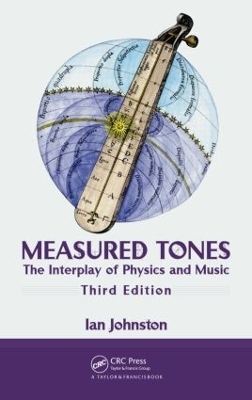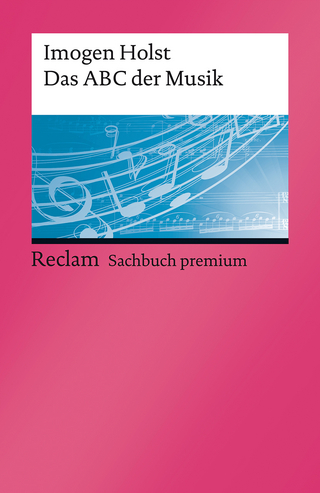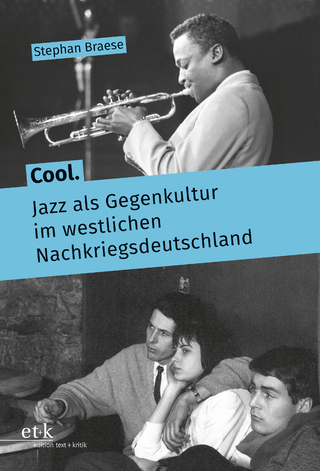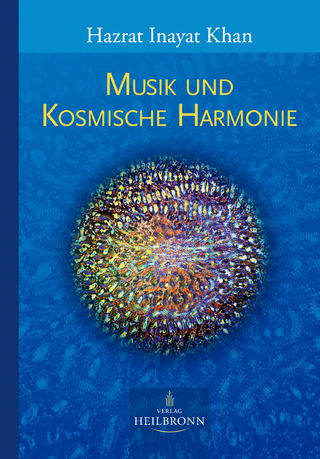
Measured Tones
Crc Press Inc (Verlag)
978-1-4200-9347-6 (ISBN)
Most books concerned with physics and music take an approach that puts physical theory before application. Consequently, these works tend to dampen aesthetic fascination with preludes burdened by an overabundance of algebraic formulae. In Measured Tones: The Interplay of Physics and Music Third Edition, Ian Johnston a professor of astrophysics and a connoisseur of music, offers an informal historical approach that shows the evolution of both theory and application at the intersection of physics and music. Exceptionally accessible, insightful, and now updated to consider modern technology and recent advances, the new edition of this critically acclaimed and bestselling classic —
Features a greater examination of psycho-acoustics and its role in the design of MP3s
Includes expanded information on the gamelan and other Asian percussion instruments
Introduces detailed discussions of binary notation, digitization, and electronic manipulation of music
We believe that order exists, and we look for it. In that respect the aims of science and of music are identical—the desire to find harmony. And surely, without that very human desire, science would be a cold and sterile undertaking.
With myriad illustrations and historical anecdotes, this volume will delight those student required to approach this topic from either a physics and music concentration, as well as anyone who is fascinated with concepts of harmony expressed in nature, as well as in the instruments and composition of human expression’s purest form.
A complementary website provides sound files, further reading, and instructional support.
Ian Johnston spent his early years on a pineapple farm in southern Queensland, studied physics and mathematics at the Universities of Queensland and Sydney, and was appointed to a lecturing position at the University of Sydney in the late 1960s. He has been there ever since until he retired in 2001, except for two separate years in the U.S. at Cornell and Maryland Universities and one year in England at the Open University. His early research work was in theoretical astrophysics, but lately he has become interested in research into physics education, with particular emphasis on the role to be played by computers and other forms of information technology. He has written a deal of educational software as a member of several international consortiums, most notably the Maryland University Project in Physics and Educational Technology (M.U.P.P.E.T.) and the Consortium for Upper-Level Physics Software (CUPS). His interest in acoustics and music has been with him all his working life. In 1989 he made a series of six programs on Australian national radio, devoted to physics and music. It was from those programs that the idea of this book first arose. He has also made programs on other subjects of general interest, including astronomy and religion, science fiction and pseudo-science.
Why These and Not Others? Length of strings. Harmonious Intervals. Pythagoras. Pentatonic and Pythagorean Scales. Ptolemy. Boethius. Music and Scientific Method. Medieval Music. Josquin. Copernicus. Kepler. Galileo. Vibrations. Pendulums and Strings. Consonance. Measurement of Frequency. Standards of Pitch. Interlude 1. Brass Instruments. Harmonies of a Mechanical Universe. Mechanical Forces. Energy. Oscillation Theory. Mersenne’s Laws. Baroque Music. Instruments. Equal Temperament. Interlude 2. The Piano. Overtones of Enlightenment. Newton and the Age of Reason. Visualization of Oscillations. Overtones. Harmonic Analysis and Synthesis. Rameau and Harmony. End of the Enlightenment. Interlude 3. The Violin. Over the Waves. Wave Theory. Speed of Sound. Wave Properties: Reflection, Absorption, Diffraction. Huygens and Young. Standing Waves. Interlude 4. Acoustics in Architecture. The Romance of Electricity. The Romantic Movement. Study of Electricity, Faraday. Acoustics. Energy Coupling and Acoustic Impedance. Mismatch Theorem. Standing Waves in Air Columns. Interlude 5. Woodwind Instruments. Summertime in Heidelberg. Wagner and Helmholtz. Theory of Resonance. Working of the Ear. Pitch Recognition and Discrimination. Psycho-Acoustics. Theory of Consonance. Interlude 6. Percussion Instruments. O brave New World. Communication Devices: Microphones, Gramophones, Valves, Transistors. Effect on Music. Modern Sound Engineering: Frequency Response, Transients. Technology. Interlude 7. Electronic Instruments. I think, Therefore I am. Theory of Communication. Information. Computers. Computer Composition. Interlude 8. Sublimest of Instruments, the Voice.
| Erscheint lt. Verlag | 4.6.2009 |
|---|---|
| Zusatzinfo | 384 Illustrations, black and white |
| Verlagsort | Bosa Roca |
| Sprache | englisch |
| Maße | 156 x 234 mm |
| Gewicht | 880 g |
| Themenwelt | Kunst / Musik / Theater ► Musik ► Musiktheorie / Musiklehre |
| Naturwissenschaften ► Physik / Astronomie ► Angewandte Physik | |
| ISBN-10 | 1-4200-9347-9 / 1420093479 |
| ISBN-13 | 978-1-4200-9347-6 / 9781420093476 |
| Zustand | Neuware |
| Informationen gemäß Produktsicherheitsverordnung (GPSR) | |
| Haben Sie eine Frage zum Produkt? |
aus dem Bereich


